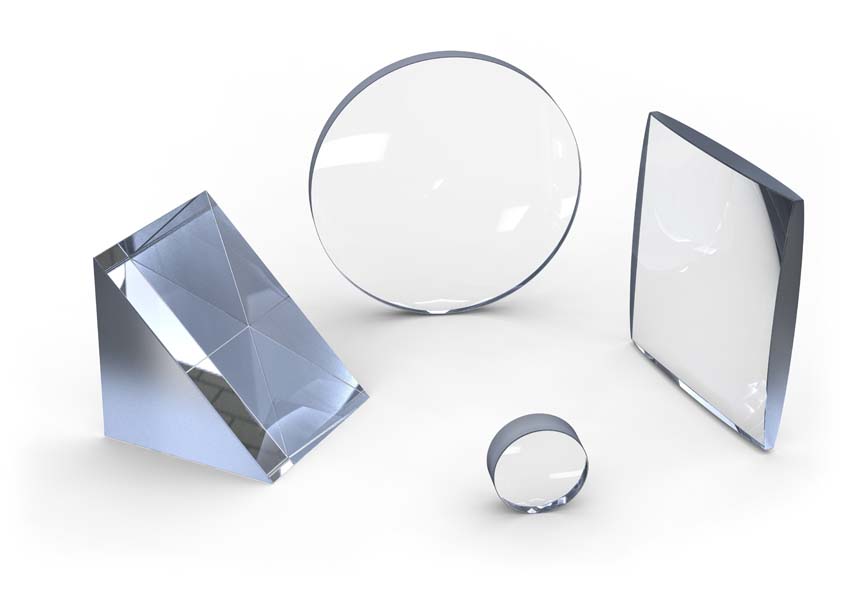
OPTICAL LENSES
Sterling Precision Optics, Inc. has been making Optical Lenses since 1956. Our first “shop” was in a store front in Blue Island, Illinois, USA. Sterling Precision manufacturers a very wide range of high quality lenses for a variety of applications. Listed below are the major types of lenses that Sterling manufacturers in its current facility in Evanston Illinois, USA. We have thousands of radius gages and tooling to make your lens quickly. We also stock NBK7, Crown Glass, Pyrex and UV grade fused silica, which are the most common materials used to make optical lenses.
|
Plano Convex Lenses |
Probably the most common lens has one flat (plano) surface and one convex surface resulting in a positive focal length. Plano convex lenses are typically used for focusing or collecting light in optical systems. Sterling Precision Optics, Inc. manufactures a full range of focal lengths and materials to meet most applications. NBK7 and UV grade fused silica are the most common materials used. These lenses can also have antireflective coatings to improve performance from UV to NIR wavelengths. |
|
Biconvex Lenses |
A lens comprised of two convex spherical surfaces, generally with the same radius of curvature. Sterling Precision Optics Inc. manufacturers a wide range of biconvex lenses, available coated or uncoated. Lenses materials are supplied by Schott and Ohara for visible and NIR applications. Sterling also stocks a range of UV fused silica for transmission down to 175nm in the deep UV. Biconvex lenses have a broad range of applications including: optical instrument focusing, control of laser beams, moderate quality imaging and other optical instruments. |
|
Plano Concave and Biconcave Lenses |
Are lenses with one concave surface and one flat (plano) surface or both surfaces are concave. Because the surface/surfaces are concave the lens has a negative focal length, allowing them to increase the divergence of convergent light. Concave lenses can be used to balance out the spherical aberrations caused by other lenses. This makes concave lenses very useful for controlling laser beams. We stock a range of concave lenses from commercial grade though to high quality NBK7 and UV Fused Silica types for deep UV applications down to 175nm and concave lenses made using high-index SF11, also including a range of high-index laser type. We also stock a range of concave lens sets for design and laboratory use. |
|
Condenser Lenses |
Our plano-convex lenses are used to project light into a concentrated beam and are effective at reducing spherical aberration. As such, the primary purpose of a condenser lens is to provide high power illumination. This covers a broad range of applications lighting microscope slides up to car headlights. These lenses can be AR/HEA coated to improve transmission. Sterling also makes a special tempered “heat absorbing” lens that serves a dual purpose. It acts as a condenser lens and absorbs heat. |
|
Aspheric Lenses |
Aspheric lens surfaces are used to correct spherical aberration (where the converging light from a lens does not have a common focal point, resulting in a distorted image) in lasers and imaging. Traditional spherical lenses cannot collimate light effectively because even small angles of incidence can produce spherical aberrations. This can mean that several components may be required to get the desired result. The non-spherical surface of an aspheric lens allows a single component to effectively focus or collimate even highly divergent emissions, potentially replacing a multi-lens system with a single aspheric lens. |
|
Ball and Half Ball Lenses |
These are most commonly used to couple light in and out of optical fibers. Our ball and half ball lenses are made from UV grade fused silica and have excellent UV and IR transmission, between 185nm to 1800+nm. Sterling can supply ball and half ball lenses in a range of focal lengths, diameters, materials and coatings. |
|
Cylindrical Lenses |
Cylindrical lenses are designed to focus light into a straight line, rather than to a single point. As the name suggests, the lens surface has a cylindrical shape rather than the usual spherical, which allows for one dimensional shaping of light along a line. Cylindrical lenses are typically either plano-concave or plano-convex, designed to expand and focus light respectively,,and can be supplied in either diameter or rectangular. Sterling uses NBK7 glass for visible and NIR applications, and UV grade fused silica for UV applications down to 175nm. Lenses can be AR coated to improve or peak transmission requirements. |
|
Achromatic Doublet Lenses |
An achromatic doublet lens corrects chromatic aberration because they are assembled using two different glass types, which are designed to remove first order chromatic aberration and spherical aberration. Achromatic doublets are probably the most economical way of achieving quality white light illumination and imaging. These lenses can be coated to improve transmission. |

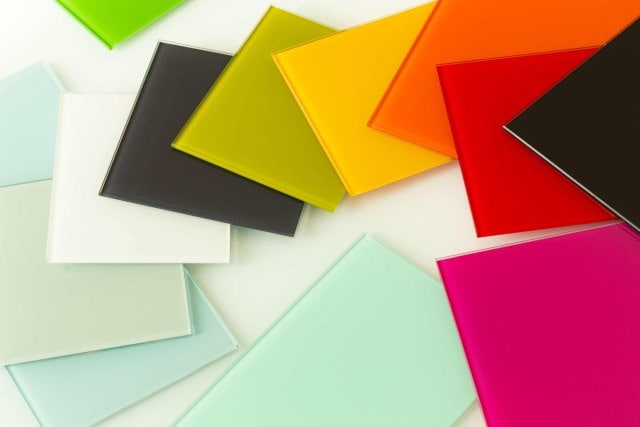 CUSTOM OPTICAL FILTERS
CUSTOM OPTICAL FILTERS
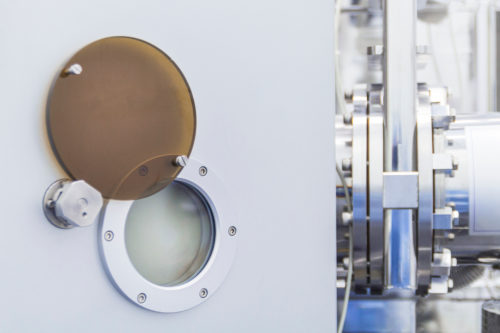 OPTICAL WINDOWS
OPTICAL WINDOWS
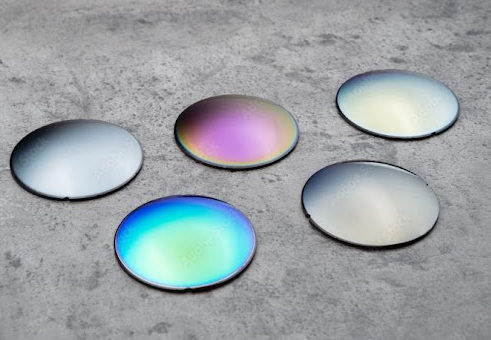 OPTICAL COATINGS
OPTICAL COATINGS
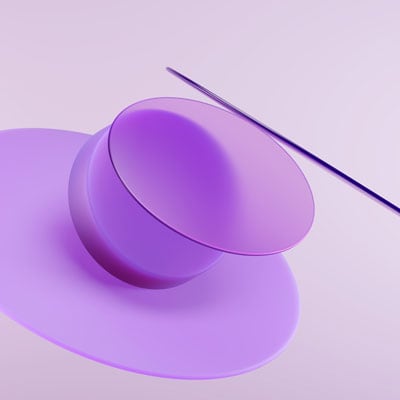 UV OPTICS
UV OPTICS
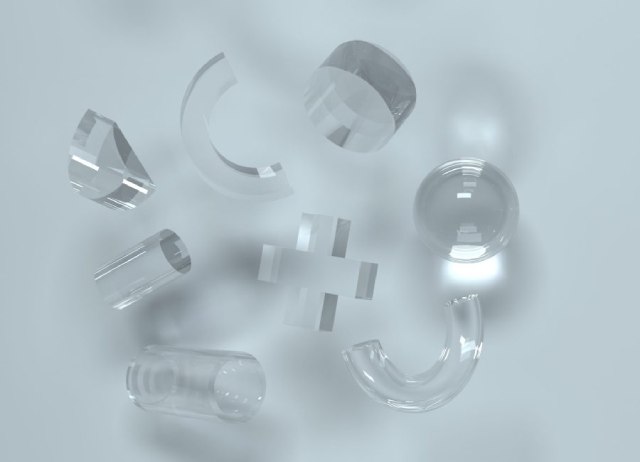 CYLINDRICAL OPTICS
CYLINDRICAL OPTICS
 CUSTOM TEMPERED OPTICS
CUSTOM TEMPERED OPTICS
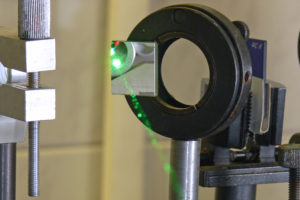 OPTICAL MIRRORS
OPTICAL MIRRORS
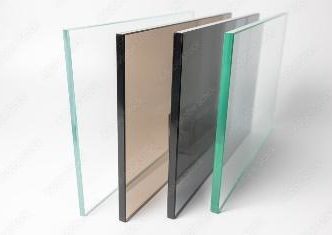 NEUTRAL DENSITY
NEUTRAL DENSITY
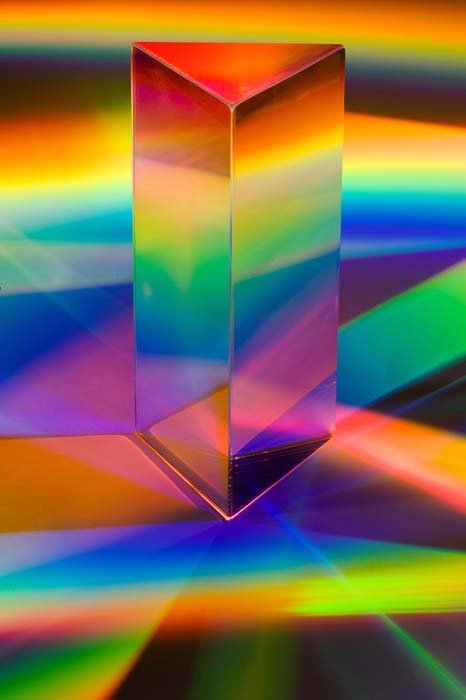 PRISMS & RETROREFLECTORS
PRISMS & RETROREFLECTORS
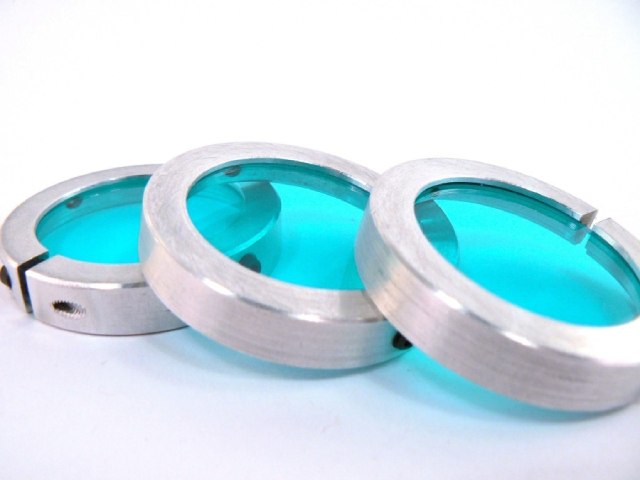 ASSEMBLIES
ASSEMBLIES
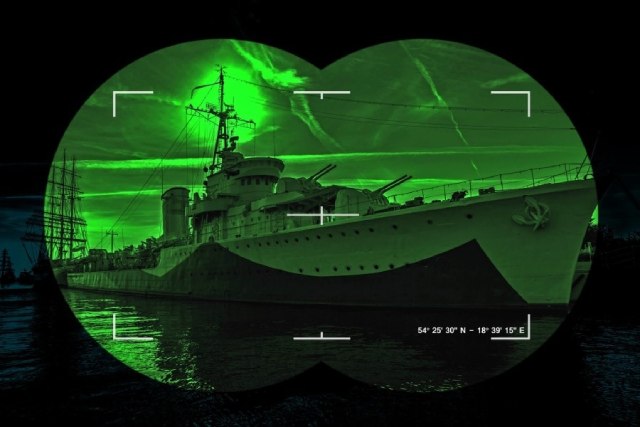 NIGHT VISION FILTERS
NIGHT VISION FILTERS
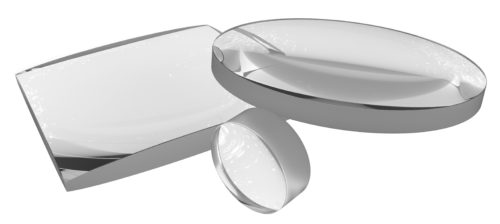 ACHROMATIC LENSES
ACHROMATIC LENSES
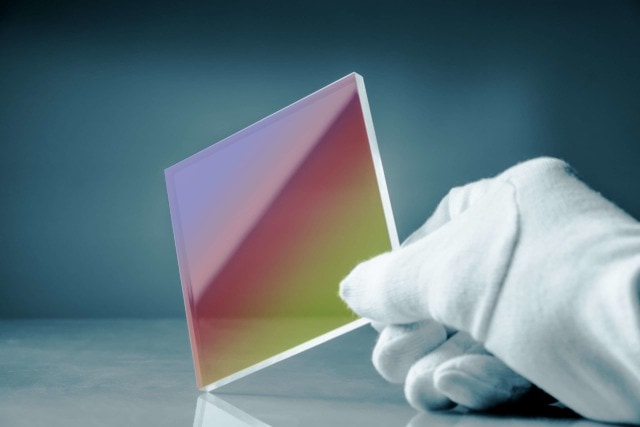 OPTICAL BEAM SPLITTERS
OPTICAL BEAM SPLITTERS